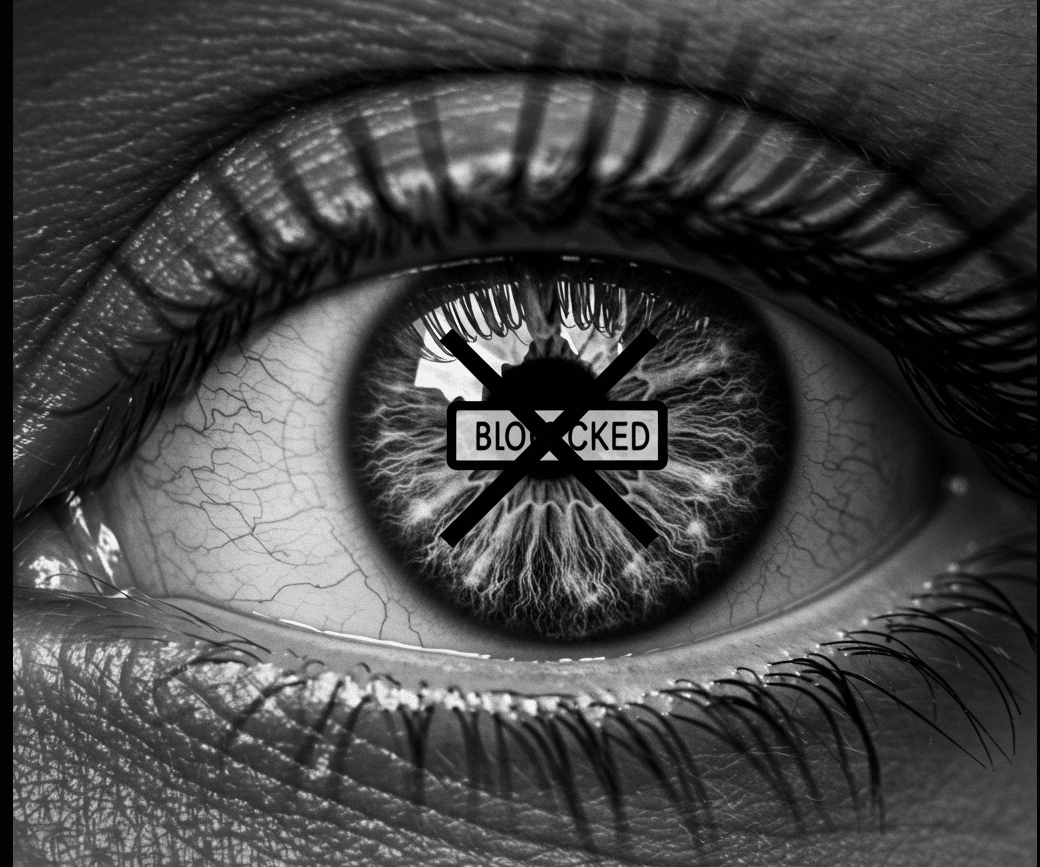Consumers are constantly bombarded with marketing messages, whether they’re binge-watching a new TV series or scrolling their social media feeds. For businesses, that means finding ways to stand out, without wasting limited ad dollars. By tracking ad spend, brands can advertise more intentionally and boost returns. In this article, I’ll break down what ad spend is and how to strategically manage it.
What Is Ad Spend?
Ad spend, short for advertising spend, refers to the amount of money a business is currently spending on their paid advertising efforts. This can include digital platforms like Google, Meta, YouTube, LinkedIn, and TikTok, but it can also encompass traditional media like billboards, TV and radio, and print advertising.
“In simplest terms, ad spend is how much money you are paying a selected channel to distribute your marketing messages,” says Magda Marchowska-Raza, assistant professor of marketing at North Dakota State University.
Why Is Ad Spend Important?
Optimizing your advertising efforts starts with an awareness of how much you’re spending. With that information, you can calculate metrics like:
- Cost per acquisition (CPA): The total cost of each new customer your advertising effort brings.
- Return on ad spend (ROAS): The return you get on every ad dollar you spend.
- Return on investment (ROI): Similar to ROAS, ROI calculates your return, but ROI looks at the overall profitability of your ad expenditure.
- Customer lifetime value (CLV): The average long-term value of each customer who engages with your ads.
These metrics help you gauge ad performance, decide when to scale or pause, and plan future budgets.
How Is Ad Spend Calculated?
Ad spend includes all the money you put into your advertising campaigns, including:
- Direct platform spend: This relates to the total amount you invest in your ads on platforms like Google and Facebook, including platform fees.
- Software: If you spend money on third-party tools for campaign automation, graphic design tools, or analytics, include those funds in your calculation.
- Creative services: This includes costs for graphics, copywriting, or videos, but only if you bill it per campaign.
- Professional fees: Any services you pay to manage your ads will need to be included in your expenditure.
To arrive at your calculation, you’ll simply add all those costs to get the spend. You can then compare that figure to your earnings to get a feel for each ad’s effectiveness.
Ad Spend vs. Return on Ad Spend (ROAS)
Ad spend is only part of the equation: You’ll also need to track the return you’re getting on that money. That’s where ROAS comes in. You can determine your ROAS using the following equation:
Revenue from ads ÷ ad spend = ROAS
For example, if you put $2,000 into a Facebook ad and generate $8,000 from that ad, your ROAS would be 4.0. That means that for every dollar you spend on that ad, you earn $4 in revenue.
Ad Spend Post-iOS 14
With the introduction of iOS 14 in 2021, the digital marketing landscape changed dramatically. The update enhanced privacy protections for users, making conversion tracking harder and prompting many advertisers to rethink their strategies.
Before the update, advertisers relied heavily on user past behaviors and demographics. Today, many advertisers use tools that harness the power of artificial intelligence (AI) to predict how users will behave — essentially, they identify user intent, rather than user identity — adjusting ads to appear when they’re most likely to convert.
How To Manage Ad Spend To Maximize Your ROI
Set Measurable Goals
Measuring performance starts with knowing what you’re hoping to achieve. Each campaign should be tied to a specific key performance indicator (KPI). That outcome could be increasing leads or boosting sales. Setting goals is the first step toward measuring your efforts.
Test Creatives Across Multiple Formats
Static images and text struggle to grab attention in 2025. Test various ad formats to remain competitive and prevent ad fatigue.
Lean Into Predictive Targeting
Instead of focusing on historical data, consider using tools that can help you target audiences in real time based on their likeliness of converting. This will help stretch your spend even further.
Planning and Budgeting Ad Spend
Effective ad budgeting starts with understanding what you’re selling, which customers are most likely to respond to your ads, and where your ads will appear. Instead of picking a number, start by reverse engineering the process and consider your ultimate goal(s) first, then work to estimate how much it will take to achieve those goals.
I’ll break it down by topic area and cover the most common questions marketers ask.
Product Value: How Much Should I Spend on Facebook Ads for a $10,000 Product Launch?
If your product is a big-ticket item costing $10,000 or more, it’s important to budget for a longer customer journey. Chances are, someone isn’t going to take one look at your product and click the “buy” button. As a general rule, companies spend 7% to 10% of their annual revenue on their marketing budget, so look at your revenue and calculate a percentage you’re comfortable spending.
If you want a guideline, for a budget breakdown, a Facebook ad spend of $1,000 to $2,000 is reasonable. However, keep in mind that all Facebook ads go through a learning phase and during that initial time, you may be disappointed in the results. On the other hand, pay attention to the rise of CPM costs of your Facebook campaigns to evaluate if and how to diversify your channel mix.
Company Type: What’s a Good Daily Ad Spend for a SaaS Startup Targeting SMBs?
Software-as-a-Service (SaaS) companies face unique challenges in that they typically have an education component. Even if your solution has the easiest interface in the industry, its benefits need to be communicated to potential buyers.
Since your ad faces a longer decision cycle, a small daily spend like $50 to $100 can achieve results without blowing through your ad budget. Platforms like LinkedIn and Google can be especially effective for B2B marketing.
Performance Channel: Creating a Monthly Ad Budget Breakdown for Google Ads, LinkedIn, and Meta
If you’re targeting multiple channels, you’ll need to customize your budget for the unique environment of each. Below is a sample breakdown for a marketer who has a $5,000 monthly spend to divide between Google Ads, LinkedIn, and Meta:
Google Ads
50% of your budget ($2,500): Google Ads can be highly effective in reaching those who are searching for the type of products or services you sell. As you’re setting up your ads, focus on high-intent keywords and branded search. You can also use Performance Max or Search with Ad Extensions to maximize your campaigns.
Meta
30% of your budget ($1,500): With nearly 70% of the global social media market, Facebook is impossible to ignore. To build awareness, put some of the money into both broad and lookalike audience campaigns, but make sure you also invest some of your efforts into retargeting engaged users.
20% of your budget ($1,000): LinkedIn has a higher CPC, but if you’re a B2B marketer, it’s the best place to put some of your spend. When setting up your ads, target decision-makers using Sponsored Content or Lead Gen Forms.
Creative/Ad Strategy
Strategy is always top priority when it comes to campaign planning. But budget is an important consideration, as well. Here are some examples of creative/ad strategy based on different budgets and business types.
Download Taboola's Creative Best Practices for 2025 Playbook
Create an Ad Strategy for a $1,500 Spend Targeting Construction Companies
Google Search is a great place to start with your ads targeting construction companies. You can target terms like “commercial roofing services” or “construction software.” You can split that spend with Meta, where targeting job titles and interests like contractors or builders can be a sound strategy.
What’s a Lean PPC Strategy for a New AI Startup?
Although it can be pricey, LinkedIn is one of the best platforms for B2B advertising. By targeting job titles like chief technology officer (CTO), product manager, or operations lead, you can reach the key decision makers who are most likely to be interested in your offerings. Animated explainer videos or carousel ads are a visually appealing way to demonstrate your product.
Suggest Ad Formats and Targeting for a $500 Test Campaign on LinkedIn
With LinkedIn’s high CPC, $500 won’t get you far, but it can work for a test campaign. Start with targeting by industry plus job title — for example, manufacturing CEOs or procurement directors. A small-spend test campaign can be a great way to gather leads that you can later use for retargeting campaigns on Meta or through email.
Key Takeaways
Ad spend refers to your total financial output on advertising efforts. It includes your platform fees, creative services, and the tools you use to make and manage your ads. Successfully managing ad spend means tracking your ad spend and the revenue each ad brings in so that your future efforts will be fully informed.
Frequently Asked Questions (FAQs)
My ROAS is under 2.0 — what should I do with my ad spend?
While a 2.0 ROAS isn’t ideal, it’s a great place to start. Robert Barrows of R.M. Barrows Advertising and Public Relations, says that in most industries, ad spend is about 3% to 5% of your projected gross sales, but the percentage can vary based on industry.
“Of course, to the extent that you can, try to track how much your competitors are spending, and where, when, and how they are spending it, and what they are saying,” Barrows says.
How do I optimize my ad spend across multiple platforms?
Reaching customers in 2025 means choosing the right platforms and knowing how much to spend on each. A centralized tool can help you track performance across channels so you can shift your budget toward what’s working.
“Think carefully about what you want to achieve,” Marchowska-Raza says. “Ask yourself: Am I choosing the right platform/message to achieve it? Am I targeting the right audience with that message?”
If I spend $5,000 on Meta ads, what kind of reach or conversions can I expect?
Facebook ads can vary dramatically from one business to another. If you’re putting $5,000 into ads, you’re likely to reach hundreds of thousands of people, but only a fraction of those will lead to clicks. You can increase those numbers by homing in on your ad creative and making sure it appeals to your target audience.
Marchowska-Raza cautions against ad fatigue, though, which can have you tapping out audiences on a platform fairly quickly. “It occurs when a consumer is being served the same ad too many times, and consumers then stop responding to it,” she explains. “It could also be that we have focused on the wrong target audience, but then probably we would see a poor ROI throughout.”
Where should I allocate a $3,000 ad budget: YouTube, TikTok, or Meta?
YouTube, TikTok, and Meta each have unique audiences. YouTube is popular across all demographics, while Facebook and Instagram skew older. TikTok, on the other hand, has a youthful demographic that’s notable if your products tend to appeal to Generation Z.
“Stick to platforms where your audience hangs out,” advises Iqbal Ahmad, director at Britannia School of Academics. “Set daily limits, test campaigns on small budgets, and scale once you’ve got solid data. And don’t forget — great landing pages convert better, so you need fewer clicks.”



